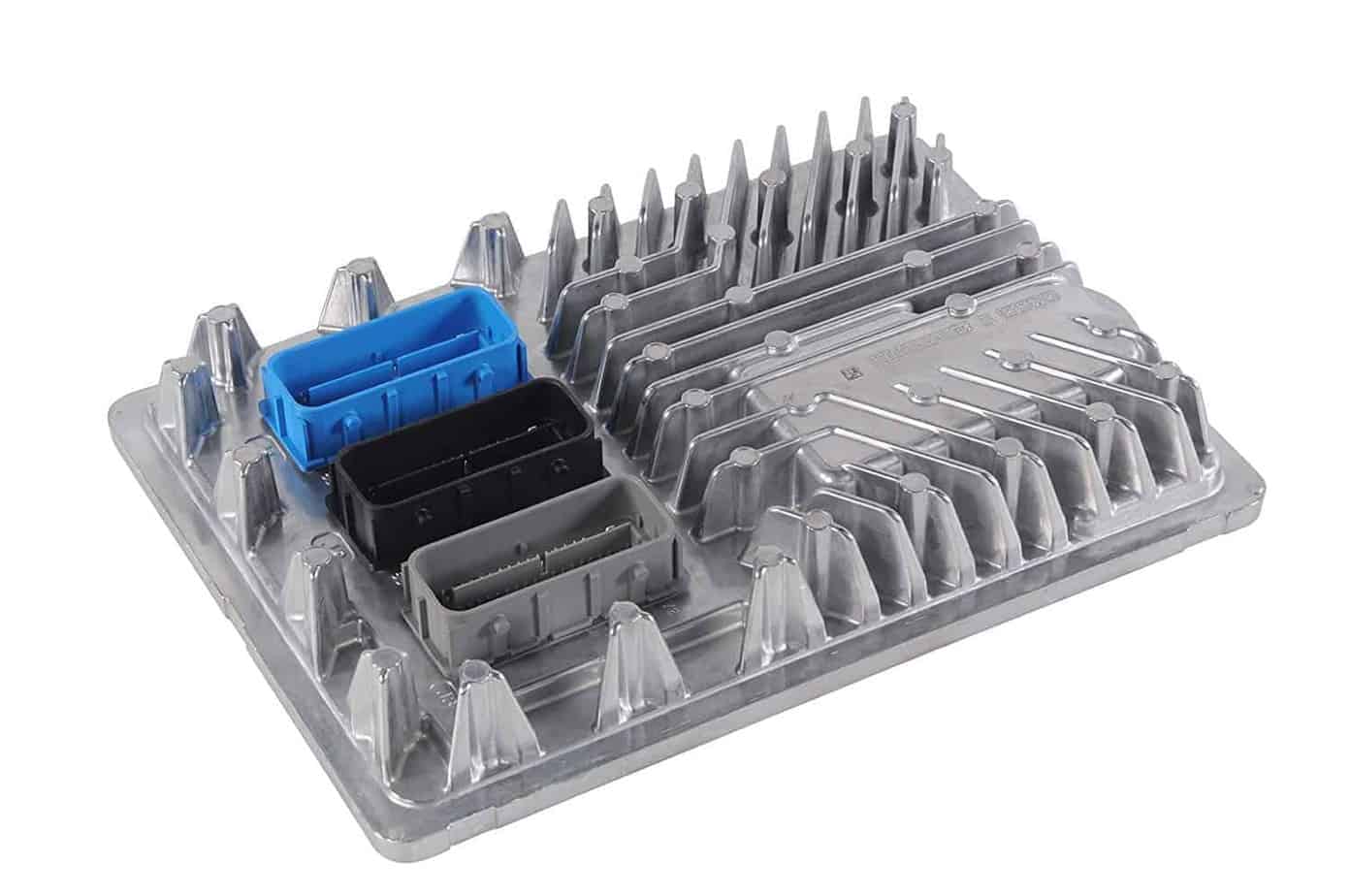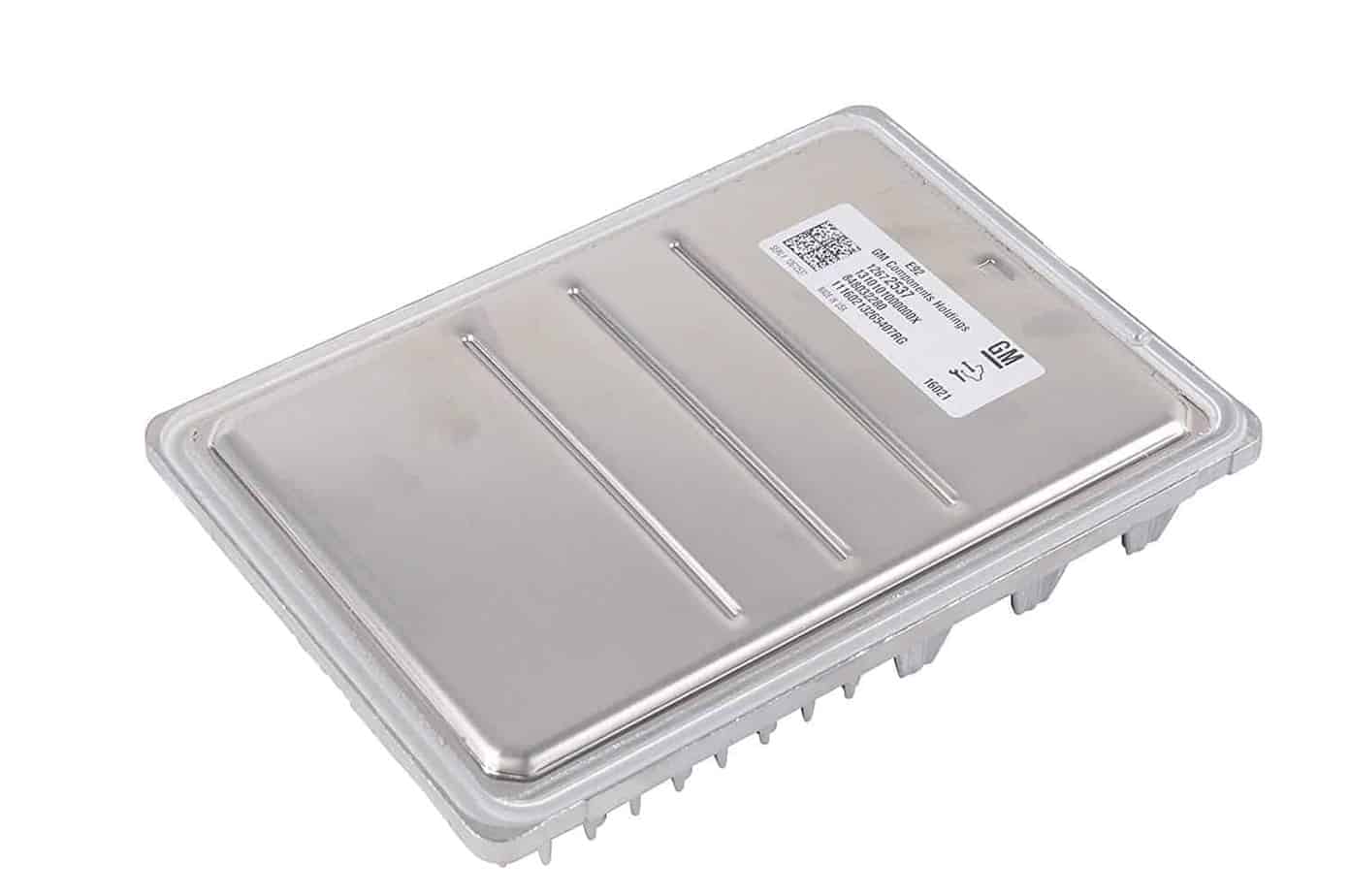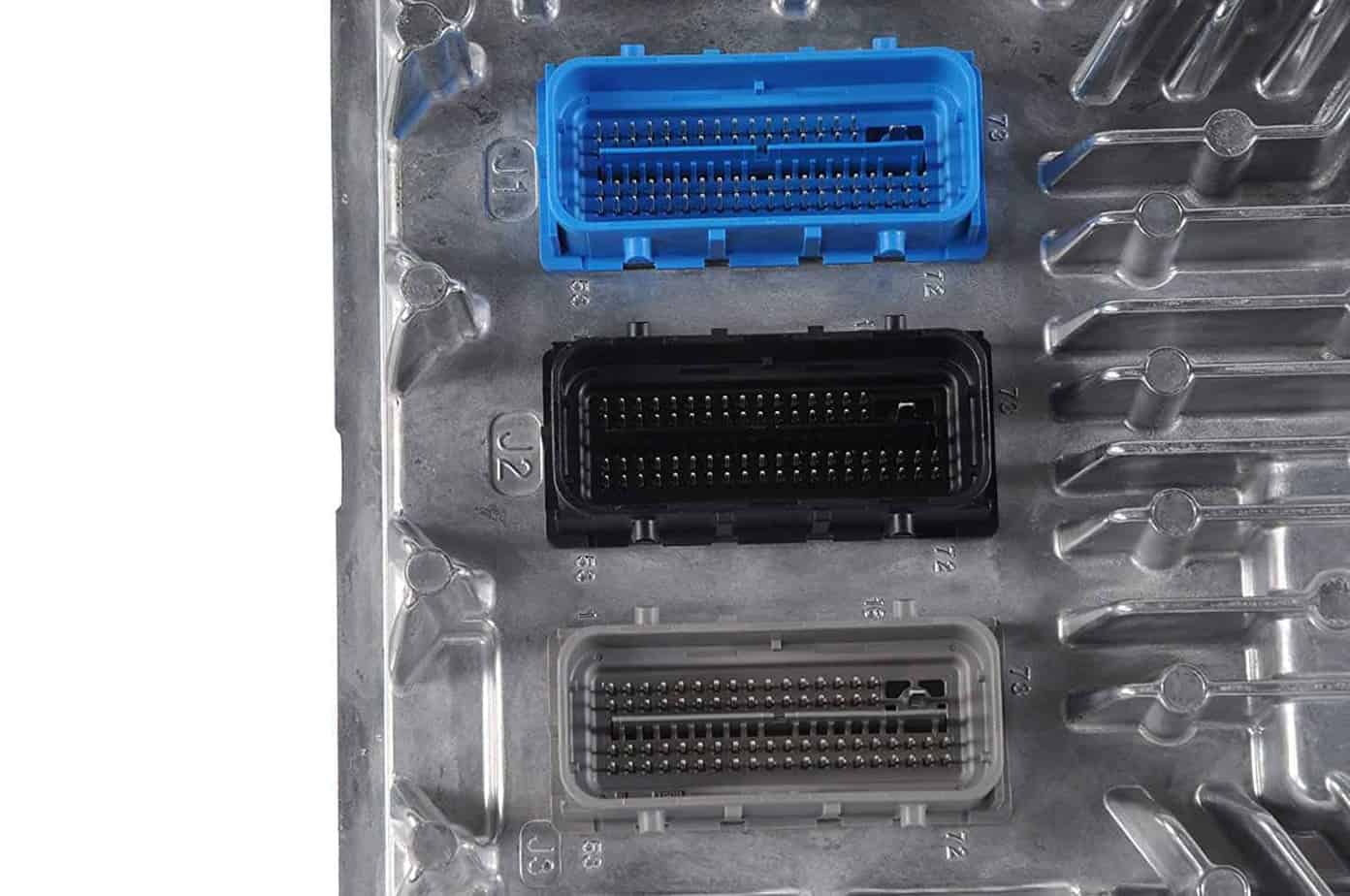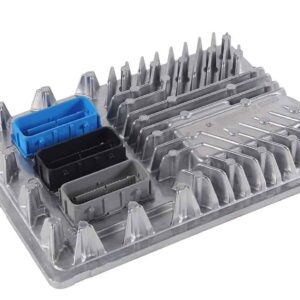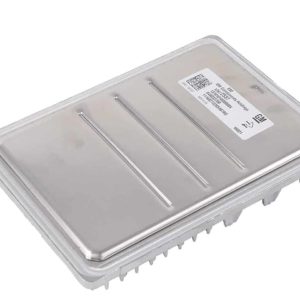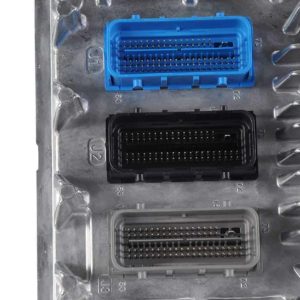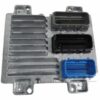Restore Peak Performance to Your GM Vehicle
If you’re dealing with frustrating engine problems—like random stalling, a persistent check engine light, or a car that just won’t start—a failing Engine Control Module (ECM) is often the culprit. As a technician with over two decades of experience under the hood, I’ve seen how a faulty ECM can throw a whole vehicle out of whack. It’s the brain of your engine, and when it’s not communicating correctly, nothing else will. This isn’t just an inconvenience; it’s a reliability issue that can leave you stranded. That’s why we offer a direct, dependable solution.
This isn’t just a part in a box. This is a fully programmed Engine Control Module, ready for installation right out of the package. Before we ship it, we flash it with the latest official GM software, precisely matched to your vehicle’s VIN. This critical step saves you a costly trip to the dealership and eliminates the guesswork. You get a component that’s ready to restore your vehicle’s original performance, fuel efficiency, and smooth operation. For many GM owners, this is the most straightforward and cost-effective way to get back on the road with confidence.
Case Study: A Tricky Diagnosis
A 2015 Silverado 1500 came into my bay with a complaint of intermittent stalling and a flashing check engine light. The owner had already replaced the throttle body and a few sensors with no luck. The scanner pulled a generic communication code (U0100) and a processor fault (P0606). While these can point in many directions, my experience with these GM trucks immediately led me to suspect the ECM. After verifying the wiring and grounds were solid, we swapped in a pre-programmed ECM. The truck fired up instantly, idled smoothly, and all codes were gone. It’s a classic case where a failing 2014-2016 CTS Engine Module (and its equivalents) mimics other component failures, leading to wasted time and money. This part was the direct fix.
Common Signs of a Failing ECM
- ✔ Check Engine Light is on with internal processor codes (e.g., P0601, P0606).
- ✔ Vehicle experiences intermittent or complete no-start conditions.
- ✔ Unexplained loss of power, poor acceleration, or hesitation.
- ✔ Noticeable decrease in fuel economy.
- ✔ Communication errors with scan tools or other vehicle modules (U-codes).
- ✔ Harsh or erratic transmission shifting.
Your Guide to a Simple Installation
Replacing your 2014-2016 CTS Engine Module is a manageable job for a DIYer with basic tools. Following these steps ensures a smooth process.
- Safety First: Always disconnect the negative terminal from your vehicle’s battery and wait a few minutes for the system to discharge.
- Locate the ECM: On most compatible vehicles like the Silverado, Sierra, or Escalade, the ECM is found in the front of the engine compartment on the driver’s side. On others, like the Corvette, it’s under the dash on the passenger side. Consult a vehicle-specific guide if you’re unsure.
- Disconnect the Connectors: Carefully release the locking tabs on the electrical connectors and pull them straight out. Never force them. Inspect the pins for any corrosion or damage.
- Remove the Old Module: Unbolt the old ECM from its mounting bracket. Keep the hardware, as you’ll need it for the new module.
- Install the New Module: Mount your new, pre-programmed ECM onto the bracket and secure it with the original hardware.
- Reconnect Everything: Plug the electrical connectors firmly back into the new module until they click into place. Reconnect the negative battery terminal.
- Final Steps: Your vehicle may require a security relearn procedure or an idle relearn, which can typically be done without special tools. Instructions are widely available online for your specific model. Start the engine and check for proper operation.
Will This Fit My Vehicle?
This module is a direct replacement for a wide range of GM cars, trucks, and SUVs. Please verify your vehicle is on this list and that your original part number is one of the compatible numbers listed below. This part replaces numbers: 12692067, 12676230, 12656993, 12662034, 12672537, 12673195, 12663391, 12672963, 12669318.
- Cadillac ATS (2014-2016)
- Cadillac CTS (2014-2016)
- Cadillac Escalade / ESV (2015-2016)
- Cadillac XTS (2014-2016)
- Chevrolet Camaro (2016)
- Chevrolet Colorado (2015-2016)
- Chevrolet Corvette (2014-2016)
- Chevrolet Silverado 1500 (2014-2016)
- Chevrolet Suburban 1500 (2015-2016)
- Chevrolet Tahoe (2015-2016)
- GMC Canyon (2015-2016)
- GMC Sierra 1500 / Denali 1500 (2014-2016)
- GMC Yukon / XL 1500 (2015-2016)
Ordering this pre-programmed 2014-2016 CTS Engine Module is the most reliable way to solve complex electronic issues and restore your vehicle’s factory-designed performance.
Frequently Asked Questions
Why do I need to provide my VIN?
Your Vehicle Identification Number (VIN) allows us to program the module with the exact software and calibrations specific to your vehicle’s engine, transmission, and options. This ensures perfect compatibility and function right out of the box.
Is this a plug-and-play part?
Yes! Because we program it to your VIN before shipping, it is ready to be installed without needing a trip to the dealer for programming. Some vehicles may require a simple, tool-free security or idle relearn procedure after installation.
Will this fix my check engine light?
If your check engine light is caused by an internal failure of the ECM (common codes include P0601, P0602, P0606), then this part is the correct fix. It’s crucial to properly diagnose the issue first to ensure the ECM is the root cause.
What if my original part number isn’t 12673195?
This module is a direct replacement for several part numbers, as GM often supersedes them. Please check the list of compatible part numbers in the description (e.g., 12692067, 12676230, etc.). If your number is on that list, this part will work for you.
Do I need special tools for installation?
No special tools are required. Basic hand tools like a socket set are all that’s needed to physically swap the module. The relearn procedures, if needed, typically involve a sequence of key turns and waiting periods.
